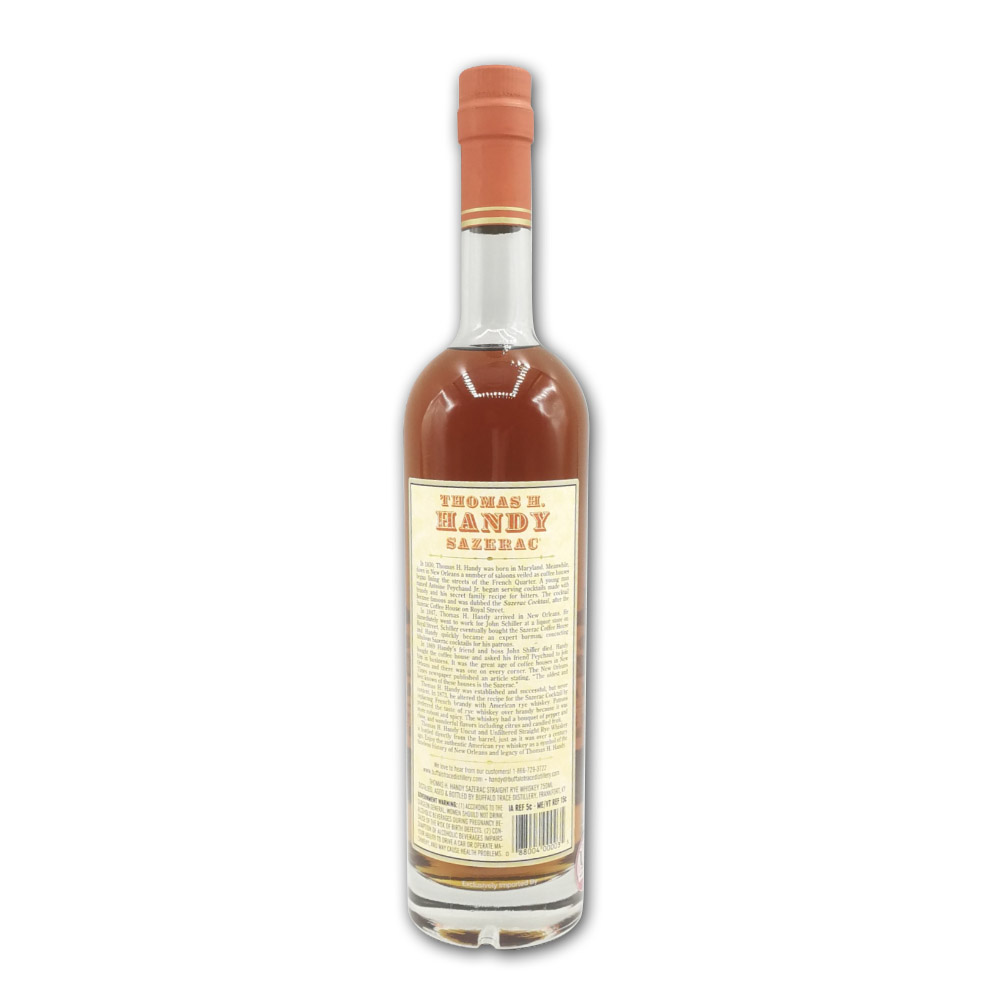

Sazerac eventually acquired Eagle Rare from Seagram’s in 1989, followed in 1992 by the (then) George T. The company was sold in 1948 to The Magnolia Liquor Co, Inc., which continued to expand the brand portfolio. Following repeal in 1933, Sazerac got back to selling bottled Sazerac cocktails, in addition to other potables. shifted to the deli and restaurant business until the coast was clear. Renaming itself “The Sazerac Company,” the former Thos. This successor firm began bottling Sazerac cocktails and selling them nationally until Prohibition hit in 1919. reestablished in his memory by former business partner William McQuoid. Handy passed away a few years later, with his namesake Thos. Unrelated financial distress in 1878 forced Handy to sell his interest in Sazerac House to Vincent Micas the two would maintain dueling bars and liquor stores using variations on the Sazerac name until Micas quit for good in 1884 and moved to Bordeaux, the lucky so-and-so.ĭue to a lack of French brandy supply caused by the late-1800’s phylloxera outbreak, rye whiskey began to be substituted for brandy in the now-famous Sazerac cocktail.

becoming New Orleans’ sole agent for Sazerac brandies in 1873. He participated in the late-1800’s equivalent of a management buyout in 1869, with Thomas H.

Handy here enters the picture in 1865, as an employee of Sazerac House. The 1850’s saw the establishment of “Sazerac House” in New Orleans by Sazerac’s importers, from which the family’s libations were sold. Starting, instead, with the story of Sazerac: the Sazerac family began making Cognac in France in the 1630’s. Taylor, Julian “Pappy” Van Winkle, or William Larue Weller. He is not honored on the Buffalo Trace website with a stipple portrait and a biography like Albert Blanton, George T. Handy (1839-1893) remains somewhat obscure to us. Perhaps more than any of the other namesakes of Buffalo Trace’s current lineup, Thomas H. I have nothing further to add to the topic, so we’ll now move along to the (hopefully) more interesting historical meat of the review. I’ve discussed the perverse incentives that arise from the gap between SRP and secondary market prices, as well as some of the proposed remedies. If it sounds like a review that you’ve read before, that’s because it is. If that’s what you’re into, you’re going to love today’s review. I’ll make the woeful observation that, in order to buy this on the secondary market, you’ll need to be independently wealthy or on good terms with your banker. I’ll point out that these releases fly off the shelves (assuming they ever hit the shelves in the first place) at SRP. Then, we’ll be delving into the particulars of this whiskey including, lamentably, price. We’ll have to start by identifying said guy and determining what, if any, connection he had to the modern-day Sazerac/Buffalo Trace empire. Today’s review is of a Buffalo Trace Antique Collection release.


 0 kommentar(er)
0 kommentar(er)
